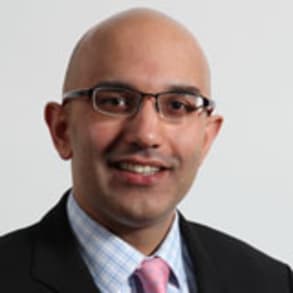Dr. George Athwal, McFarlane Hand & Upper Limb Centre – London, Canada, discusses this publication “An Assessment of Proximal Humerus Density with Reference to Stemless Implants.”
Wright Medical Clinical Summary
To view online : https://www.jshoulderelbow.org/article/S1058-2746(17)30598-0/fulltext
Jacob M. Reeves, MESc, George S. Athwal, MD, FRCSC, James A. Johnson, Peng, PhD.
SKU: AP-013593
My name is George off the wall, and I'm a shoulder elbow surgeon from London, Ontario, Canada, and I'd like to talk to you a little bit about a publication that we published in the general shoulder Elbow Surge in 2000 and 18. The primary author on this with Jake Reeves. And it's entitled an assessment of proximal humerus density with reference to stem blossom plants. And the premise behind this paper was, is we want to look at the proximal humerus as it pertains to bone density. We know stumbles. Implants are becoming much more popular. They certainly provide a huge advantage to patients minimalize The bone loss provided more an atomic reconstruction to the human head, and what our goal was was to determine the best quality bone in the approximately determine where that's located. And what we found was that the majority of the most dense and best quality bone is located perfectly perfectly around the proximate us. And so, in identifying this, our goal now is to develop implants that maximize and take advantage of this best quality bone so we can get great time zero fixation not only for an an atomic implant, but also for stainless reverse. So with respect to this research, we were really able to identify that the best quality bone is located perfectly. So when I'm using a stainless implant now, I try to place the largest stainless implant possible to really get out to that peripheral bone so I can maximize that bony purchase. The other thing that we identified is that the best quality bone is located at the an atomic head neck junction, anywhere from 10 to 15 millimeters below that and above that. So in designing future implants, anything we can do to preserve the bone above the cut surface so such as designing an implant which assembles reverse, would go into, say, at 145 degrees, where we can maximize that bony purchase would be ideal.


